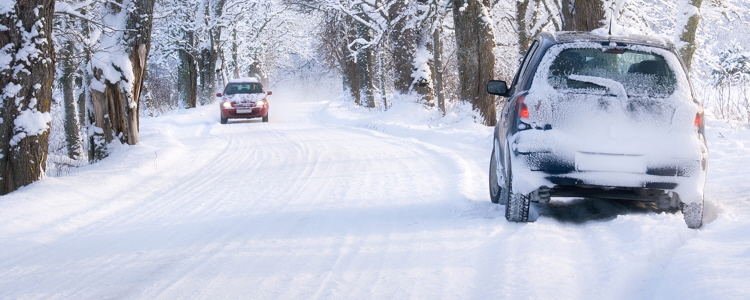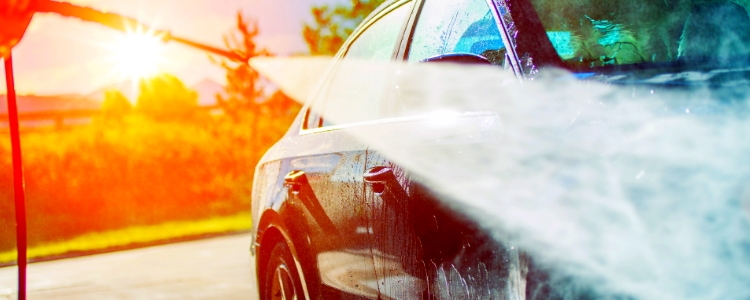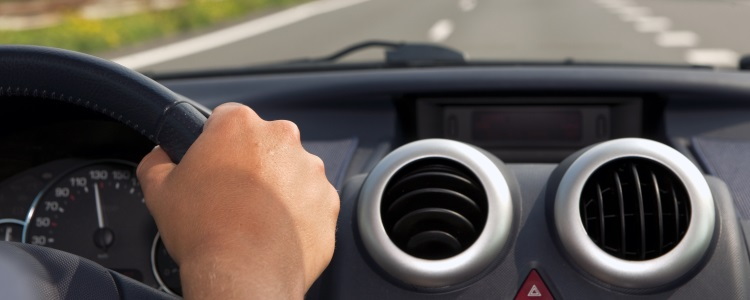As winter begins to fade and the snow turns to rain, it’s important for drivers to remember that ice isn’t the only thing that causes slippery conditions. Wet pavement accounts for more than 919,000 yearly crashes in the US.
Spring Rains: As Dangerous As Ice
 Rain can be dangerous in terms of lack of grip. In fact, the added danger of hydroplaning – a car skidding or sliding over a wet surface – can be especially bad. The dangers of driving in these conditions often come when a driver least expects it. Hydroplaning can happen during or after a light rain, as it mixes with residue and oil on the roads, making them slick.
Rain can be dangerous in terms of lack of grip. In fact, the added danger of hydroplaning – a car skidding or sliding over a wet surface – can be especially bad. The dangers of driving in these conditions often come when a driver least expects it. Hydroplaning can happen during or after a light rain, as it mixes with residue and oil on the roads, making them slick.
To ensure safety on wet roads this spring, be sure and practice good tire maintenance, and drive appropriately for the weather. Some good tips to follow are:
- Make sure your tires are in good condition and properly inflated.
- Avoid puddles and standing water, especially in outer lanes where water pools.
- Avoid cruise control, hard braking, and drive in a low gear.
- Slow down when roads are wet and slick.
- Leave plenty of space between yourself and the surrounding vehicles.
- Don’t rely on tech for safety. Pay extra attention when travelling in wet weather.
- Ensure windshield wipers are in good condition, and wiper fluid is full.
Weather-Related Crashes Take a Toll
According to the Federal Highway Administration, using a 10-year average of National Highway Traffic Safety Administration (NHTSA) data, weather-related accidents account for 22 percent of the nearly six million traffic accidents that happen each year in the US. A weather-related accident is defined as any crash that occurs during adverse weather such as rain, snow, sleet, fog, blowing sand or debris, or on slick pavement.
Of those 1.26 million accidents, 73 percent happen on wet pavement, with 46 percent happening during rainfall. According to the data, nearly 6,000 fatalities and over 445,000 injuries happen, on average, in weather-related incidents.
Adverse weather can impact every aspect of driving, from the environment to the vehicle itself to your state of mind as a driver. Precipitation, especially, can be stressful. It reduces visibility and pavement friction, and can impact vehicle performance, traffic speed, traffic light timing, and driver behavior – which is why it’s important to be extra cautious to avoid becoming a statistic.
If You’re in Need of a Vehicle…
If a weather-related incident has left you in need of a vehicle, but you’re afraid bad credit will leave you out in the cold, let Drivers Lane help. We work with a nationwide network of special finance dealers that specialize in helping people with credit issues. Let our advice and expertise help you find a local dealer. It’s simple to get the process started by filling out our auto loan request form. So what are you waiting for? Get started today!



















